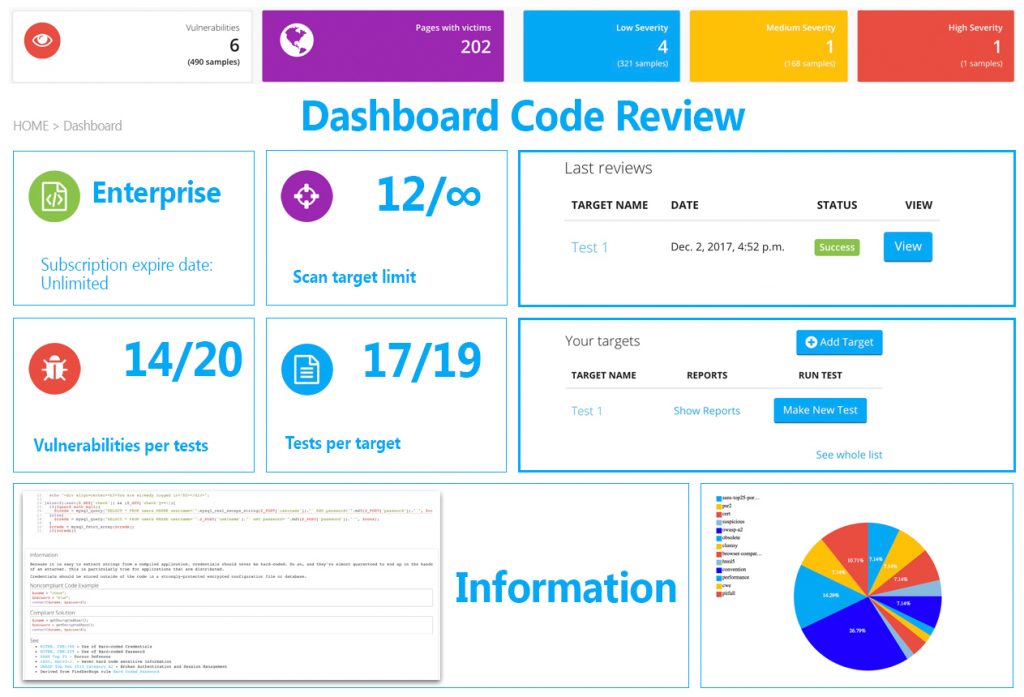
Source code: what is it?
Source code can be called source as well as code and it is the original version of a software. Basically, the way software has been written and typed into the laptop in the first place. That is the reason of its being in plain text.
What do we mean when we refer to softwares? Software refers to any application program or operating system or data that processors use. Limiting the term processor to computers would be unfair. As a matter of fact, an incredibly wide range of products should be included in this category. As an example, it might include electronic toys and cameras.
Source code language
We currently have a wide range of programming languages available. Here there is a list of the most popular ones:
- ABAP;
- Android;
- C/C++;
- C#;
- COBOL;
- Groovy;
- Java;
- Javascript;
- iOS;
- Objective-C;
- PHP;
- PL/SQL;
- Python;
- RPG;
- VB.NET;
- Visual basic 6;
- Web;
- XML.
Side by side with the high number of programming languages available, we have a high number of programs to write source code. As previously said, the spectrum is pretty wide, we go from a simple Microsoft Windows Notepad to integrated development platforms.
[post-button]
Source code: usability
The compiler is a specific program that compiles the source code. What does it mean? Basically, it translates the written-by-human source code into machine language. This machine language (sometimes called “object code“) is a series of 0s and 1s understandable by the processor. On the other hand, a human might find it hard to undersand or edit it.
Code is commonly in its compiled form. Here is why:
- this form keeps it secret;
- the size of the file is not as big as it would be other way;
- as far as a basic user is concerned, it is way easier to install.
Source code: purposes
There are several benefits deriving from the use of source code, here is a short list of these benefits:
- fixing bugs and finding viruses is “easier” compared to the object code;
- source code can be reused;
- studying it is a good way to learn as far as beginners are concerned;
- it makes it easy to move the software to different platforms, …
Source code: how to protect it?
Swascan developed a specific tool to face source code vulnerabilities. Our code review allows to identify all the vulnerabilities related to the source code of applications and provides an action plan to fix these weak spots.

In addition, we provide a free trial of our platform, available clicking the button below:
[post-button]
Swascan
In order to assure to your business the best tool available, Swascan developed a special cybersecurity platform. It is completely in Cloud, Pay per Use and SaaS. You can see for yourself in our brochure: Cybersecurity platform and have an in-depth look at our services. Our four services cover all the governance needs in terms of risk management and periodic assessment. Basically, if you need to understand the areas in which your efforts must focus, GDPR Self-Assessment, Vulnerability Assessment, Network Scan and Code Review are the right tools for you. Last but not least, don’t forget GDPR: our platform is 100% GDPR compliant ( GDPR infographic ).




